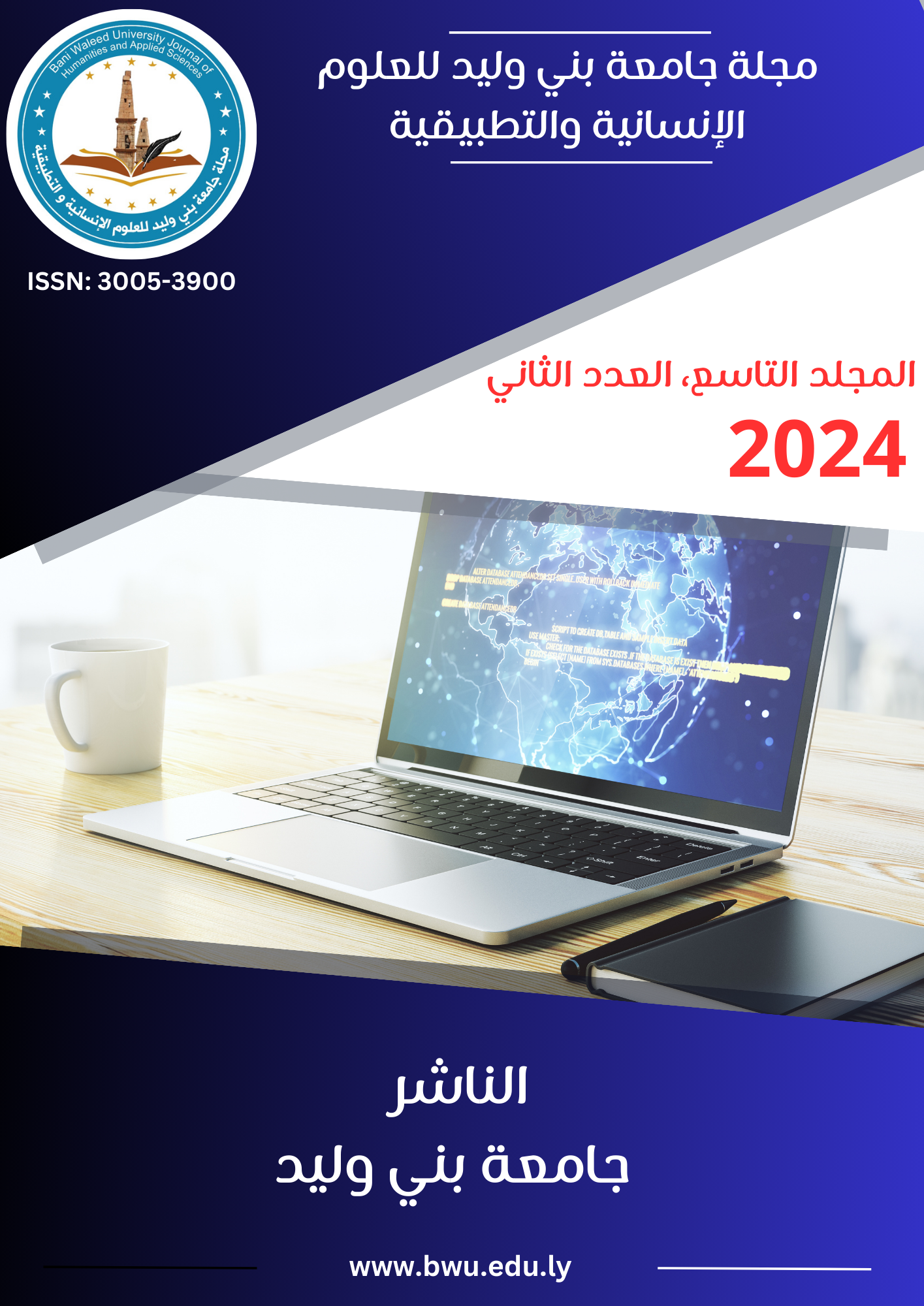Perspectives of Instructors and Students on Learner Anxiety in English Classroom Settings
DOI:
https://doi.org/10.58916/jhas.v9i2.254Keywords:
Learner anxiety, foreign language learning anxiety, English language students, difficulties, curriculum.Abstract
This study aimed to investigate the perspectives of both English teachers and students on learner anxiety in language learning settings. To achieve the study objectives, a mixed research design was utilized through semi-structured interviews with 15 teachers and an online survey with 30 English language learners. The results of teachers’ interviews showed the most common types of learning anxiety, challenges, and supporting strategies, while students survey revealed that learning anxiety is a recurring factor for most students. They emphasized teamwork as it helps in understanding and carrying out assignments and activities. Both instructors and students confirmed that the factor of anxiety in the classroom can be reduced through several solutions, including the use of appropriate strategies and the need to make the learning environment more positive and encouraging for students. With regard to challenges, teachers face difficulties represented by the lack of sufficient time, limitations of curriculums that focused on grades rather than anxiety, and the desire for training on how to help students who suffer from anxiety. Both instructors and students agree on the need to provide courses and resources that help overcome learning anxiety. This can include workshops and online resources.
Downloads
References
Abdurahman, N. H. and Rizqi, M.A. (2010). Indonesian students’ strategies to cope with
foreign language anxiety. TESOL Journal .12(2)
Ahmadi M., Izadpanah S. (2019). The study of relationship between learning autonomy,
language anxiety, and thinking style: The case of Iranian university students. Int. J. Res.
English Educ. 4 73–88.
Amengual-Pizarro, M. (2018). Foreign language classroom anxiety among English for Specific
Purposes (ESP) students. International Journal of English Studies, 18(2), 145-159
Aida, Y. (1994). Examination of Horwitz, Horwitz, and Cope’s construct of foreign language
anxiety: The case of students of Japanese. The Modern Language Journal, 78/2: 155-168.
Armstrong, L. (2013). The effect of language anxiety on L2 learning: A meta-analysis. Second
Language Research, 36(3), 331-350.
Bailey P., Daley C. E., Onwuegbuzie A. J. (1999). Foreign language anxiety and learning
style. Foreign Lang. Ann. 32 63–76.
Bensalem E., Thompson A. S. (2022). Multilingual effects on EFL learning: A comparison of
foreign language anxiety and self-confidence experienced by bilingual and multilingual
tertiary students. Int. J. Biling. Educ. Biling. 25 2653–2667.
Dewaele, J.-M. (2010). Multilingualism and affordances. International Review of Applied
Linguistics, 48: 105-129.
Dewaele, J.-M. (2013). The link between foreign language classroom anxiety and psychoticism,
extraversion, and neuroticism among adult bi- and multilinguals. Modern Language
Journal, 97(3), 670–684.
Dörnyei, Z., & Ottó, I. (1998). Motivation in action: A process model of L2 motivation.
Working Papers in Applied Linguistics (Thames Valley University, London), 4, 43–69.
Frantzen D., Magnan S. S. (2005). Anxiety and the true beginner-false beginner dynamic in
beginning French and Spanish classes. Foreign Lang. Ann. 38 171–190.
Ismail D., Hastings P. (2021). “Way to go! Effects of motivational support and agents on
reducing foreign language anxiety,” in Artificial intelligence in education. AIED 2021.
Lecture notes in computer science, eds Roll I., McNamara D., Sosnovsky S., Luckin R.,
Dimitrova V. (Cham: Springer; ), 202–207.
Liu M., Jackson J. (2008). An exploration of Chinese EFL learners’ unwillingness to
communicate and foreign language anxiety. Mod. Lang. J. 92 71–86
Horwitz, E. (2001). Language anxiety and achievement. Annual review of applied linguistics,
, 112-126.
Horwitz, E. K., Horwitz, M. B., & Cope, J. (1986). Foreign language classroom anxiety. The
Modern language journal, 70(2), 125- 132.
Hu, L., & Wang, N. (2014). Anxiety in Foreign Language Learning. International Conference
on Global Economy, Commerce and Service Science.1.122-124.
MacIntyre, P. D. (1999). Language anxiety: A review of the research for language teachers.
Affect in foreign language and second language learning: A practical guide to creating a
low-anxiety classroom atmosphere, 24, 41.
MacIntyre, P. D., & Gardner, R. C. (1991). The measurement of anxiety and applications to
second language learning: An annotated bibliography (Research Bulletin No. 672). London,
Ontario: The University of Western Ontario. (ERIC Document Reproduction Service No.
FL017649).
Oxford, R., & Shearin, J. (1996). Language learning motivation in a new key. In R. L. Oxford
(Ed.), Language learning motivation: Pathways to the New Century (pp.121-160) ),
Honolulu: University of Hawaii Press.
Papi, M., & Khajavy, H. (2023). Second language anxiety: Construct, effects, and
sources. Annual Review of Applied Linguistics, 43, 127–139.
Skehan, P. (1989). Individual differences in second–language learning. London, England:
Edward Arnold.
Yan J. X., Detaramani C. (2008). A comparison of language anxiety in English and Mandarin
learning in Hong Kong. English Teach. Learn. 32 45–85.
Yan J. X., Pan J., Wang H. (2018). Research on translator and interpreter training: A collective
volume of bibliometric reviews and empirical studies on learners. Singapore: Springer.
Zhao, X. (2023). A Review on the effects of foreign language anxiety on second language
Learning. International Journal of Linguistics, Literature and Translation. 6. 150-156.









